
The PF registration is the most significant compliance requirement for Indian businesses. It provides the employees with a social security scheme aimed at their long-term financial well-being. Every business that crosses the threshold criteria under the Employees' Provident Fund and Miscellaneous Provisions Act, 1952 needs to obtain PF registration within the stipulated time frames.
This manual illustrates the process to obtain PF registration, legal needs, compliances, and the employer and employee roles in keeping Provident Fund accounts.
Understanding PF Registration
The registration of the employee provident fund is a regulatory necessity provided by the government that enables enterprises to get their employees registered under the scheme of Provident Fund. The Employees' Provident Fund Organisation (EPFO) regulates the PF scheme for collection of contributions and investing employees' savings in safe manner.
Under this plan, the employer as well as the employee contributes to the PF account. Gradually, this account acts as a cushion for employees at the time of retirement, unemployment, or in the case of an emergency.
IPO recruitment process makes sure that the employees are automatically registered for this facility while employers are in adherence to the law.
PF Eligibility for Company
Prior to applying, the PF eligibility of company must be known. Not all business must register under the PF laws. The eligibility is based on:
1. Mandatory Applicability:
- Any company having 20 or more members must undergo employer provident fund registration with EPFO.
- After registration, the PF commitments remain even if the number of employees goes below 20.
2. Voluntary Registration:
- Small companies with fewer than 20 workers are also eligible for voluntary PF registration if employer and a majority of the employees consent.
3. Employee Coverage:
- All workers drawing a basic wage along with dearness allowance of up to ₹15,000 per month have to be covered under PF.
- Higher-paid workers may also be covered with mutual consent.
Grasping PF company eligibility helps companies adhere to the law and stay free from penalties due to non-registration.
Advantages of PF Registration
There are many benefits of doing employee provident fund registration:
- Retirement Savings: Provides financial security to employees post-retirement.
- Insurance Cover: The employees automatically become eligible for insurance cover under the Employees' Deposit Linked Insurance (EDLI) Scheme.
- Loan Facilities: Employees can avail advances from the PF account for housing, marriage, education, or medical purposes.
- Employer Benefits: Doing employer provident fund registration generates trust and increases company compliance ratings.
Step-by-Step Procedure to Obtain PF Registration
The procedure to register for PF is streamlined via the online portal of EPFO. The following steps need to be followed by the employer:
Step 1: Collect Documents
The employer should collect the following documents for registration of employee provident fund:
- Business PAN card
- Certificate of Incorporation / Partnership Deed / Registration Certificate
- Copy of the address proof of the company (electricity bill, rent agreement, etc.)
- Proof of identity and address of directors/partners
- Specimen signature of authorized signatories
- Company bank details
- Employee details such as Aadhaar, PAN, salary structure
Step 2: Log on to the Unified Portal
Log on to the EPFO Unified Portal for PF online registration. The portal has made it easier by linking it with the Ministry of Corporate Affairs (MCA) and other government portals.
Step 3: Employer Registration
The employer needs to create a profile first on the EPFO portal. It involves entering company details, business activity codes, and authorized signatory details.
Step 4: Registration of Digital Signature
Employer/Authorized Person's Digital Signature Certificate (DSC) is required to verify the application.
Step 5: Online PF Application Form filling
Employer fills the application form online by providing business information, employee information, and uploading supporting documents.
This step is where employee provident fund apply online comes into action since submission is done without hard copies.
Step 6: Verification and Submission
After going through the details, the employer makes the submission. Final submission is done using the digital signature.
Step 7: PF Code allotment
After validation, the EPFO assigns a 7-digit Establishment Identification Number (PF Code) to the company. This completes employer provident fund registration.
Companies can finish the entire process hassle-free without making visits to EPFO offices through employee provident fund registration online.
Compliances after PF Registration
PF registration is only the beginning. Employers need to follow continuous compliance to escape penalties:
1. Monthly Contribution
- Both employer and employee have to contribute 12% of the employee's basic wages plus dearness allowance.
- The employer has to deposit contributions on or before the 15th of the subsequent month.
2. Filing Returns
- Employers need to file electronic challan-cum-return (ECR) each month via the EPFO portal.
3. Maintenance of Records
- Maintain employee data, wage records, and contribution records for inspection.
4. PF Passbook Access
- The PF balance may be viewed by employees through the UAN portal.
5. Transfer and Withdrawal
- The employer is required to assist the employee in PF transfer while changing jobs and also enlighten him regarding withdrawal processes.
6. Annual Return
- A yearly return providing information about the contributions and employee details also needs to be submitted.
PF Compliance Issues and Solutions
The Most businesses experience PF compliance challenges because of frequent changes and administrative complications. Most common problems are:
- Delay in depositing contributions
- Faults in employee data
- Disposition of exit and transfer cases
- Misinterpretation of PF eligibility for company in certain industries
Solutions are:
- Employing a full-time compliance officer
- Engaging professional services for provident fund registration and return filing
- Periodic training and awareness for HR and payroll personnel
- Making use of EPFO's online facility for prompt resolution
Significance of Employer Provident Fund Registration
The employer provident fund registration not only is a statutory obligation but also portrays an image of a company's corporate social responsibility in relation to the welfare of employees. Regularly timely registration and compliance, employers establish a culture of trust. In addition, it protects them from fines, interest, and prosecution.
The fines for default are:
- Interest at 12% per annum for delayed payment
- Damages in the range of 5% to 25% of the defaulted amount
- Prosecution in extreme cases
Thus, timely completion of employer provident fund registration is imperative for long-term business growth.
Voluntary PF Registration
Although a company may not be mandatorily covered under PF legislation, it can resort to voluntary provident fund registration. Voluntary registration has the following advantages:
- Attracting and retaining good quality employees
- Establishing sound corporate governance
- Treading ahead of expansion when mandatory coverage becomes effective
Role of Employees in PF
Employees also have a significant role to play after employee provident fund registration is done. They need to:
- Submit correct KYC documents to employers
- Check their PF passbook online from time to time
- Link Aadhaar with UAN for hassle-free transactions
- Utilize the service of employee provident fund apply online for transfers and withdrawals
This enables smooth functioning of their PF accounts and timely availability of benefits.
Digital Transformation of PF Registration
The move towards employee provident fund registration online has revolutionized the compliance landscape. It has reduced manual errors, increased transparency, and made it convenient for businesses of all sizes to meet their obligations.
Employers can now complete PF online registration in a few simple steps, while employees can track their accounts in real-time through the EPFO portal and mobile apps.
Conclusion
Procedure for undertaking PF registration and compliance is a critical part of doing business in India. The employer has to recognize the eligibility of PF for company, get the employer provident fund registered, and regularly maintain compliance so that penalties are avoided.
The ease of employee provident fund registration online and employee provident fund apply online has rendered the process efficient and transparent. Along with it, the employees are benefited with financial security, insurance, and loan facilities under the PF scheme.
By availing timely PF registration, the employers not only comply with legal requirements but also play an important role in the social security of their employees.
How SKMC Global Can Help?
Employer PF registration and compliance can be time-consuming for employers. At SKMC Global, we offer end-to-end support for employer provident fund registration, right from company PF eligibility assessment to filing monthly returns. With SKMC Global, you receive professional advice, correct filings, and hassle-free compliance handling. We help ensure timely PF registration so that your company remains compliant while your workers enjoy their rightful benefits.
Our Services:
- PF eligibility and document guidance
- Employee provident fund online registration assistance
- Monthly challan filing and ECR submission
- KYC, UAN activation, and employee provident fund apply online support
- EPFO query handling and compliance notice support
Recent Posts
-
 What is Seed Fund Scheme and its relevance for Sta...
Nov 19,2025
What is Seed Fund Scheme and its relevance for Sta...
Nov 19,2025
-
 Incorporation of Company in Singapore...
Nov 18,2025
Incorporation of Company in Singapore...
Nov 18,2025
-
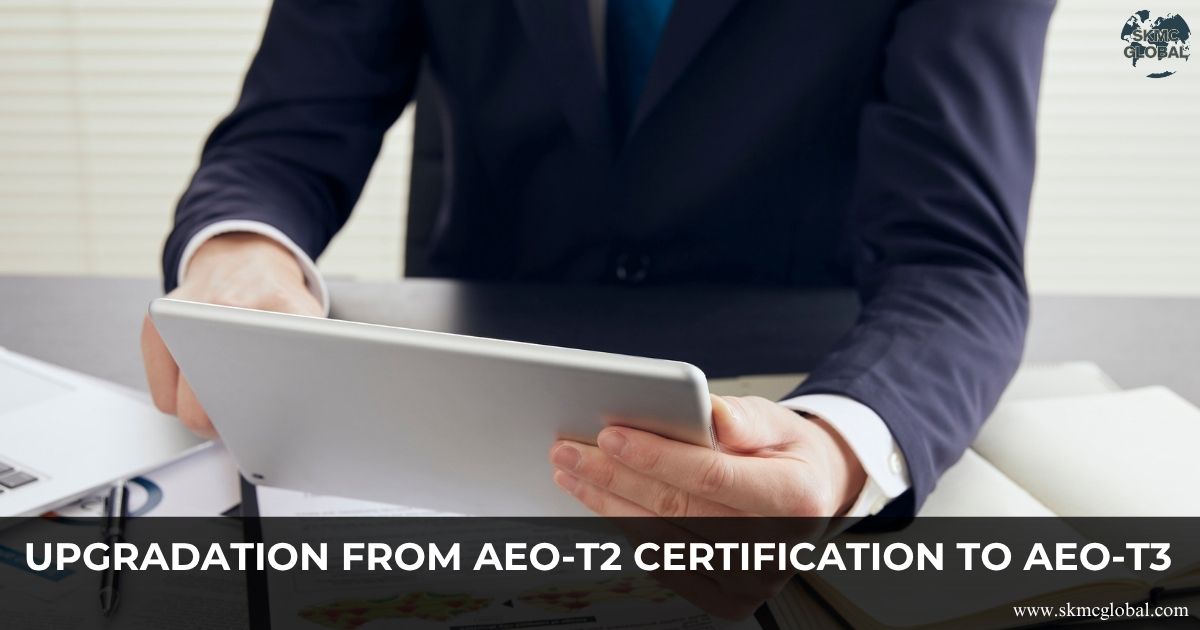 How to upgrade your AEO T2 certification to AEO T3...
Nov 15,2025
How to upgrade your AEO T2 certification to AEO T3...
Nov 15,2025
-
 What is the relevance of APEDA Registration and it...
Nov 14,2025
What is the relevance of APEDA Registration and it...
Nov 14,2025
-
 Applicability of Ind AS vs Indian Accounting Stand...
Nov 11,2025
Applicability of Ind AS vs Indian Accounting Stand...
Nov 11,2025
-
 Public vs. Private Trust: key Differences in Regis...
Oct 28,2025
Public vs. Private Trust: key Differences in Regis...
Oct 28,2025
-
 Donation and Foreign Contributions to Trusts in In...
Oct 23,2025
Donation and Foreign Contributions to Trusts in In...
Oct 23,2025
-
 Redeemable Preference Shares as a Financial Tool...
Oct 22,2025
Redeemable Preference Shares as a Financial Tool...
Oct 22,2025
-
 STPI Unit and Non-STPI Unit...
Oct 16,2025
STPI Unit and Non-STPI Unit...
Oct 16,2025
-
 Country-by-Country Reporting (CbCR) and Its Evolvi...
Oct 09,2025
Country-by-Country Reporting (CbCR) and Its Evolvi...
Oct 09,2025
-
 What is Free Trade Agreement and Certificate of Or...
Oct 08,2025
What is Free Trade Agreement and Certificate of Or...
Oct 08,2025
-
 What is the relevance of status holders certificat...
Oct 06,2025
What is the relevance of status holders certificat...
Oct 06,2025
-
 Redemption of Advance Authorization under Foreign ...
Oct 04,2025
Redemption of Advance Authorization under Foreign ...
Oct 04,2025
-
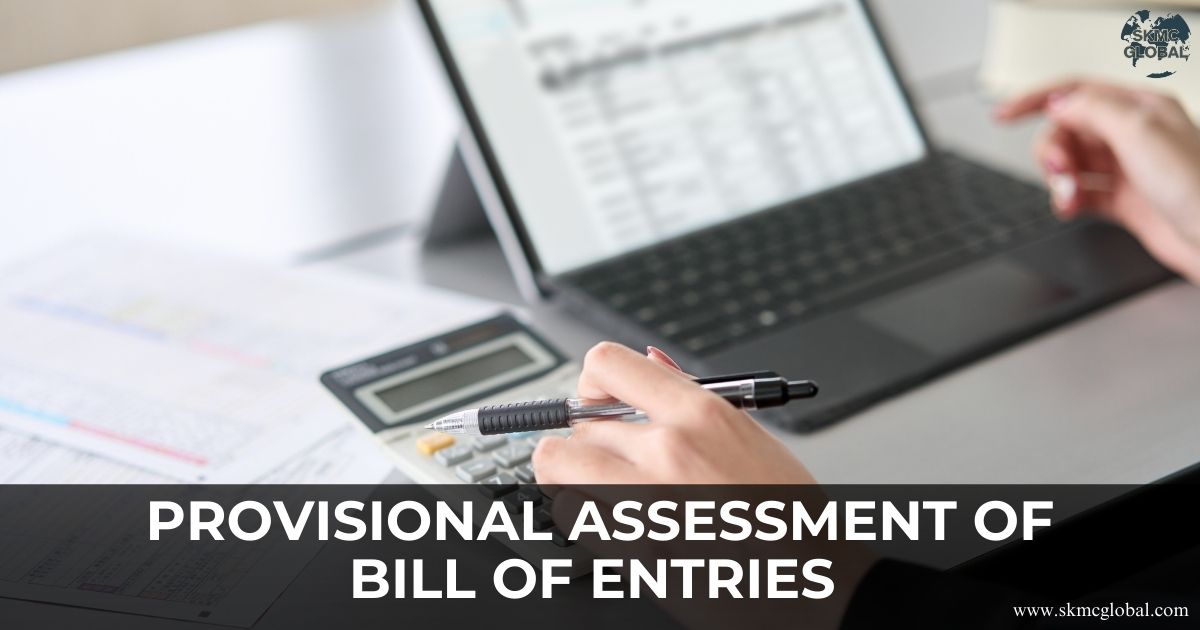 What is provisional assessment of Bill of Entries ...
Sep 29,2025
What is provisional assessment of Bill of Entries ...
Sep 29,2025
-
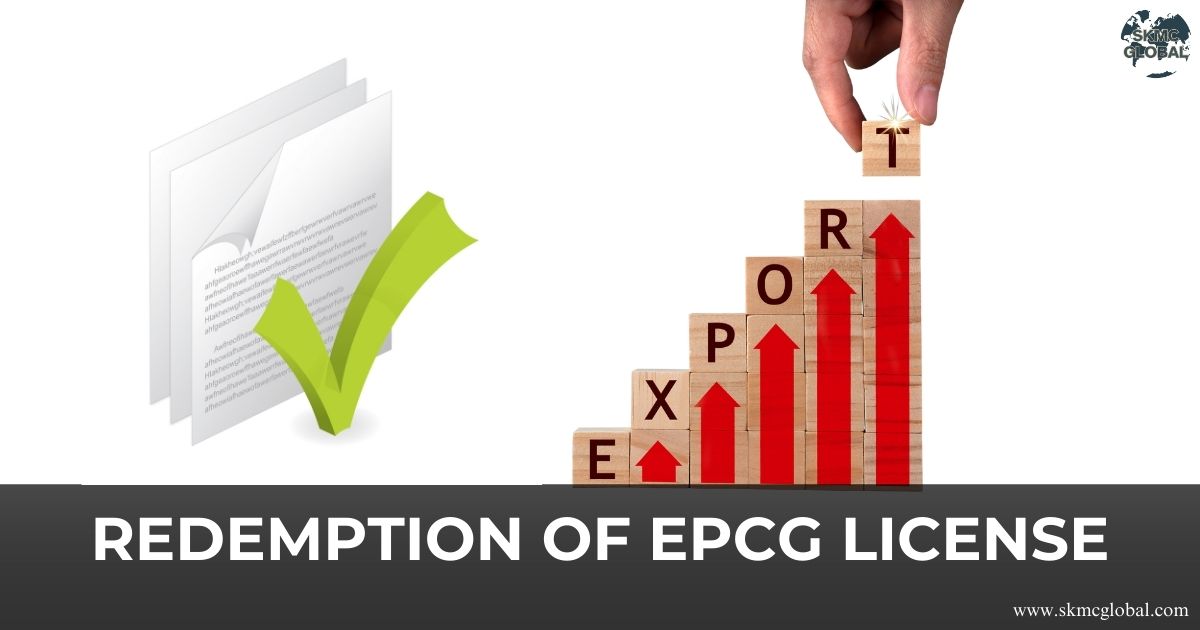 Redemption of EPCG License...
Sep 26,2025
Redemption of EPCG License...
Sep 26,2025
-
 MOOWR (Manufacturing and Other Operations in Wareh...
Sep 24,2025
MOOWR (Manufacturing and Other Operations in Wareh...
Sep 24,2025
-
 Procedure to Apply SCOMET License...
Sep 22,2025
Procedure to Apply SCOMET License...
Sep 22,2025
-
 Landscape of Semiconductor Industry while Doing Bu...
Sep 18,2025
Landscape of Semiconductor Industry while Doing Bu...
Sep 18,2025
-
 The Hidden Costs of In-House Accounting v/s Outsou...
Sep 17,2025
The Hidden Costs of In-House Accounting v/s Outsou...
Sep 17,2025
-
 TDS on sale of immovable property by an nri...
Sep 10,2025
TDS on sale of immovable property by an nri...
Sep 10,2025
-
 Setting up a Project Office in India...
Sep 08,2025
Setting up a Project Office in India...
Sep 08,2025
-
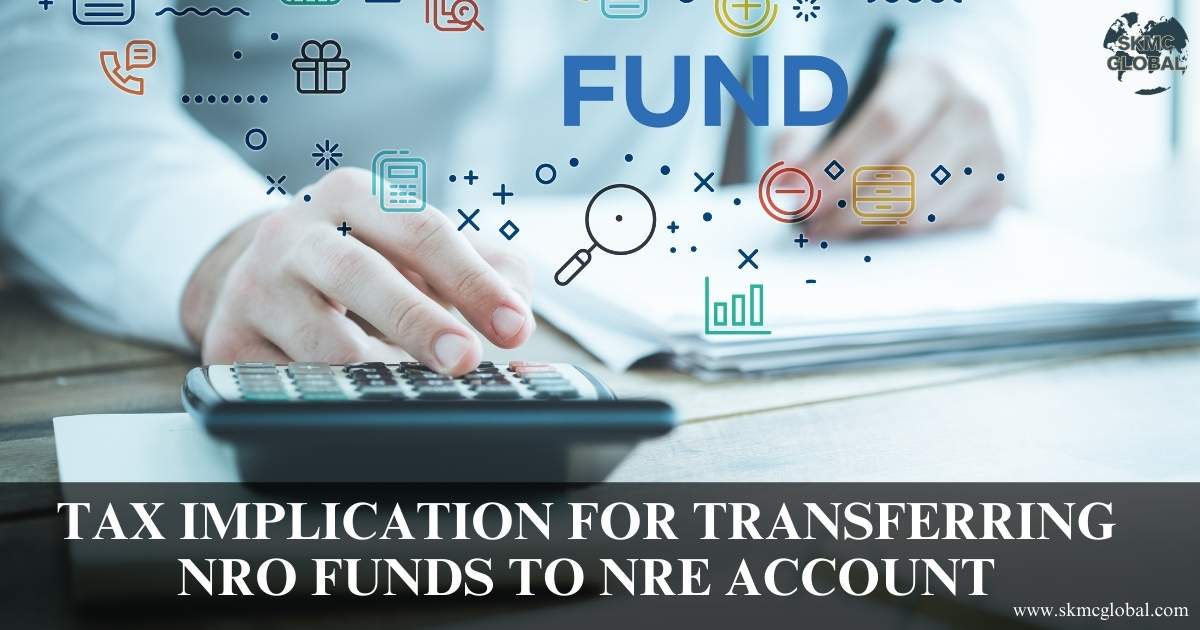 Tax Implication for Transferring NRO Funds to NRE ...
Sep 05,2025
Tax Implication for Transferring NRO Funds to NRE ...
Sep 05,2025
-
 How outsourcing CFO services helps the corporates ...
Aug 27,2025
How outsourcing CFO services helps the corporates ...
Aug 27,2025
-
 Why a Periodical Cash Flow Statement is Necessary ...
Aug 26,2025
Why a Periodical Cash Flow Statement is Necessary ...
Aug 26,2025
-
 What is FATCA and CRS reporting and its difference...
Aug 22,2025
What is FATCA and CRS reporting and its difference...
Aug 22,2025
-
 What are unclaimed TDS Credits and how to claim it...
Aug 21,2025
What are unclaimed TDS Credits and how to claim it...
Aug 21,2025
-
 Digital Taxation is reshaping Tax Nexus Between Ju...
Aug 20,2025
Digital Taxation is reshaping Tax Nexus Between Ju...
Aug 20,2025
-
 Procedure to Take PF Registration and Its Complian...
Aug 18,2025
Procedure to Take PF Registration and Its Complian...
Aug 18,2025
-
 Procedure to take PSARA License...
Aug 11,2025
Procedure to take PSARA License...
Aug 11,2025
-
 Mandatory factory license while setting up manufac...
Aug 08,2025
Mandatory factory license while setting up manufac...
Aug 08,2025
-
 Procedure for obtaining NBFC Registration in India...
Aug 04,2025
Procedure for obtaining NBFC Registration in India...
Aug 04,2025
-
 FSSAI License registration for Food Business...
Jul 14,2025
FSSAI License registration for Food Business...
Jul 14,2025
-
 How Management Information System (MIS) reporting ...
Jul 11,2025
How Management Information System (MIS) reporting ...
Jul 11,2025
-
 IFRS 9 impairment- A complete guide...
Jul 12,2025
IFRS 9 impairment- A complete guide...
Jul 12,2025
-
 Why most of the companies are shifting to hr and p...
Jul 10,2025
Why most of the companies are shifting to hr and p...
Jul 10,2025
-
 A complete guide on valuation of shares...
Jul 10,2025
A complete guide on valuation of shares...
Jul 10,2025
-
 BIS registration for foreign manufacturer...
Jul 09,2025
BIS registration for foreign manufacturer...
Jul 09,2025
-
 Understanding the Scope of the Shops and Establish...
Jul 08,2025
Understanding the Scope of the Shops and Establish...
Jul 08,2025
-
 Coso framework: Complete guide on internal control...
Jun 26,2025
Coso framework: Complete guide on internal control...
Jun 26,2025
-
 Components and Process for Conducting Internal Aud...
Jun 25,2025
Components and Process for Conducting Internal Aud...
Jun 25,2025
-
 What is ICFR and Why It is Important for Businesse...
Jun 24,2025
What is ICFR and Why It is Important for Businesse...
Jun 24,2025
-
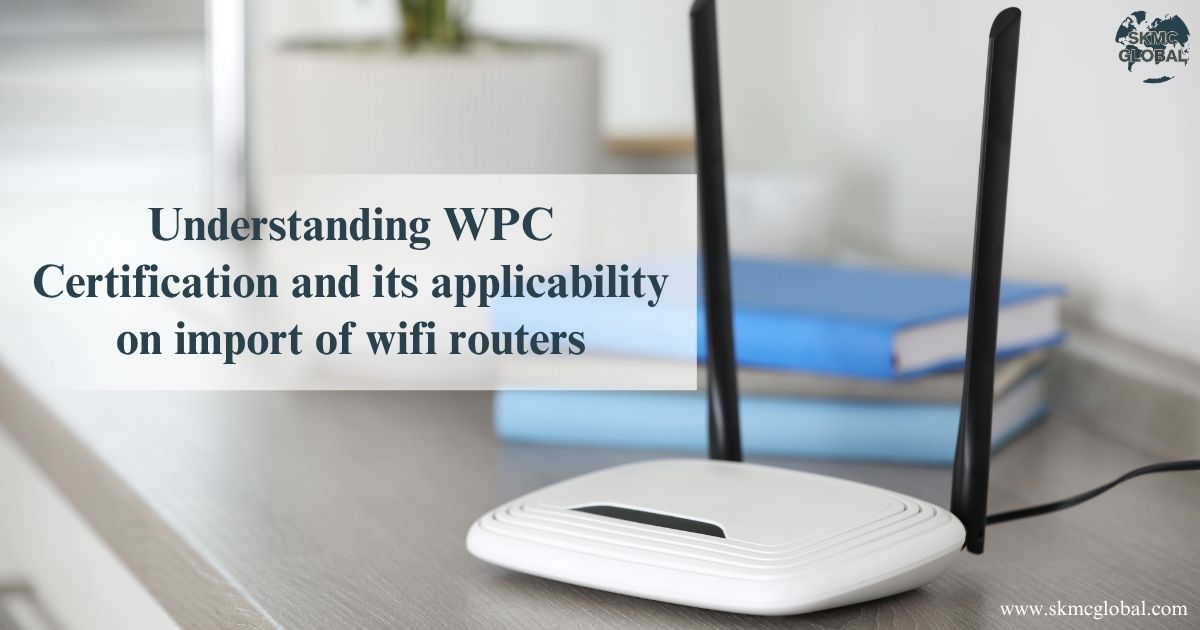 Understanding WPC Certification and its applicabil...
Jun 23,2025
Understanding WPC Certification and its applicabil...
Jun 23,2025
-
 Procedure to take EPR registration for battery was...
Jun 21,2025
Procedure to take EPR registration for battery was...
Jun 21,2025
-
 3PL Logistics...
Jun 19,2025
3PL Logistics...
Jun 19,2025
-
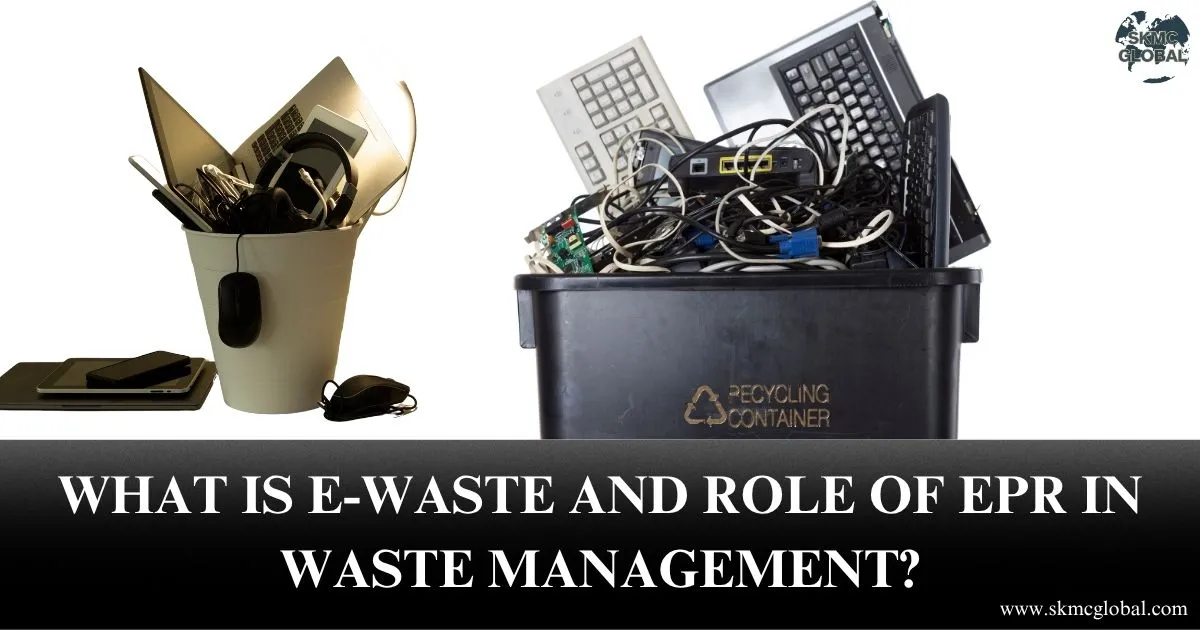 What is E-Waste and role of EPR in Waste Managemen...
Jun 17,2025
What is E-Waste and role of EPR in Waste Managemen...
Jun 17,2025
-
 M&A Due Diligence in India: How to Spot Target Com...
Jun 16,2025
M&A Due Diligence in India: How to Spot Target Com...
Jun 16,2025
-
 BIS crs certification for electronic products...
Jun 12,2025
BIS crs certification for electronic products...
Jun 12,2025
-
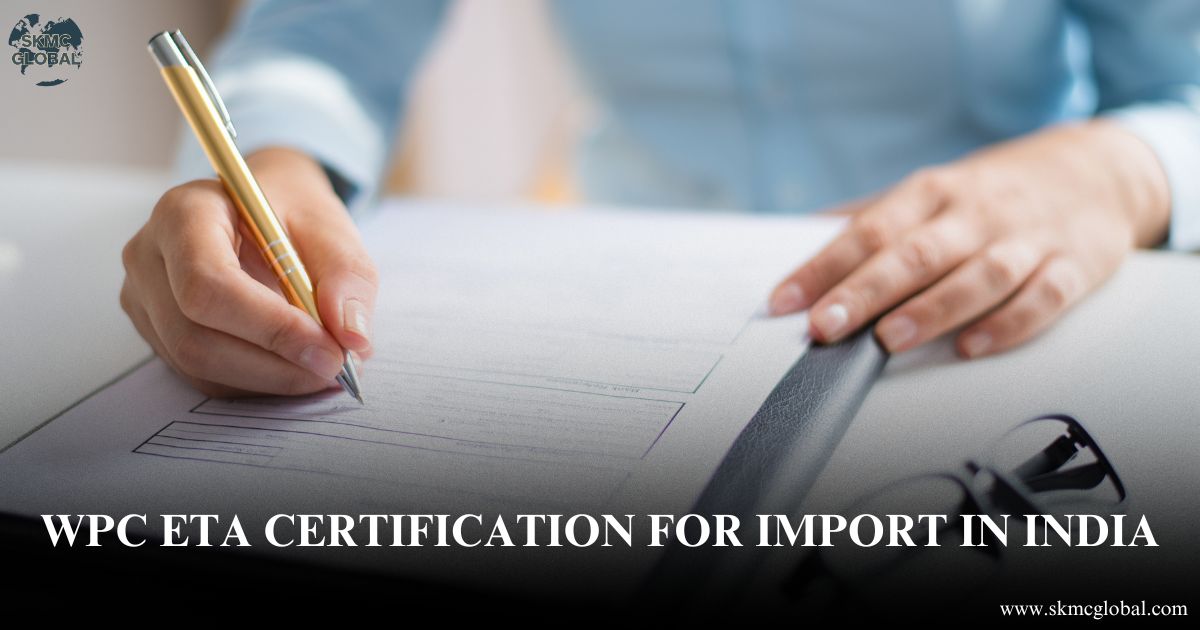 All you need to know about WPC ETA certification f...
Jun 11,2025
All you need to know about WPC ETA certification f...
Jun 11,2025
-
 What is CDSCO Registration under The Drugs & Cosme...
Jun 10,2025
What is CDSCO Registration under The Drugs & Cosme...
Jun 10,2025
-
 Procedure to Take CDSCO Registration in India: A C...
Jun 09,2025
Procedure to Take CDSCO Registration in India: A C...
Jun 09,2025
-
 All You Need to Know About AERB Registration...
Jun 07,2025
All You Need to Know About AERB Registration...
Jun 07,2025
-
 Understanding POSH (Prevention of Sexual Harassmen...
Jun 03,2025
Understanding POSH (Prevention of Sexual Harassmen...
Jun 03,2025
-
 Chartered Accountant's role in financial managemen...
May 23,2025
Chartered Accountant's role in financial managemen...
May 23,2025
-
 5 Things to keep in mind while running your payrol...
May 17,2025
5 Things to keep in mind while running your payrol...
May 17,2025
-
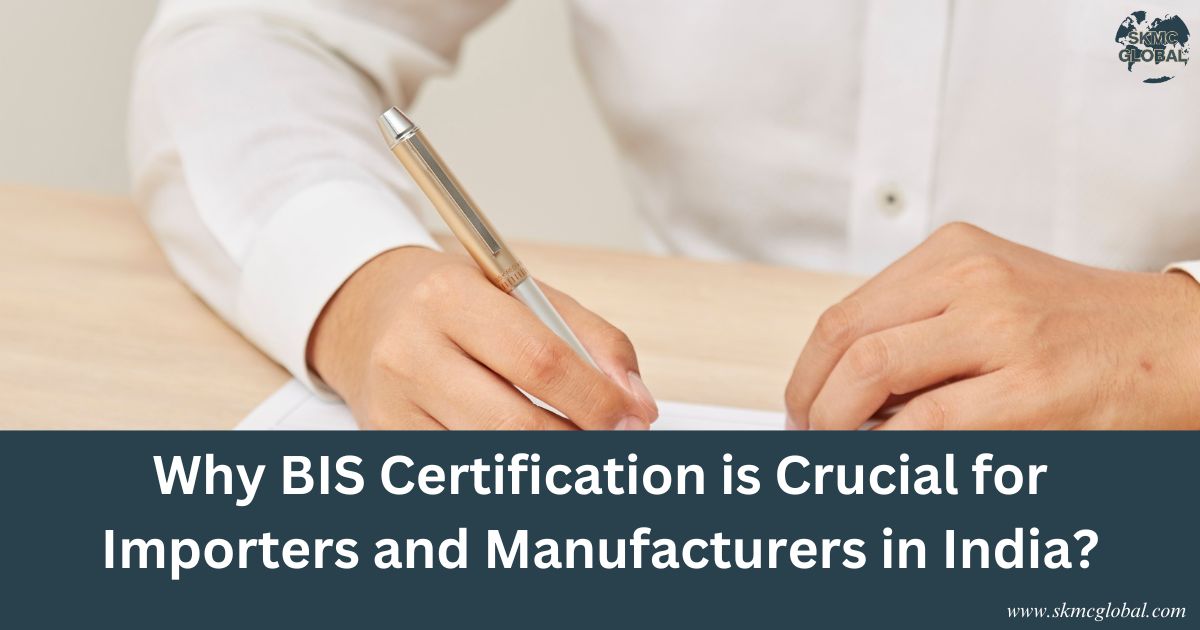 Why BIS Certification is Crucial for Importers and...
May 15,2025
Why BIS Certification is Crucial for Importers and...
May 15,2025
-
 Top 7 Reasons Indian Entrepreneurs Are Switching t...
May 07,2025
Top 7 Reasons Indian Entrepreneurs Are Switching t...
May 07,2025
-
 Incorporation of Company in Japan...
Apr 24,2025
Incorporation of Company in Japan...
Apr 24,2025
-
 How to set up a Representative Office in Singapore...
Apr 14,2025
How to set up a Representative Office in Singapore...
Apr 14,2025
-
 BIS certificate for medical equipments...
Apr 09,2025
BIS certificate for medical equipments...
Apr 09,2025
-
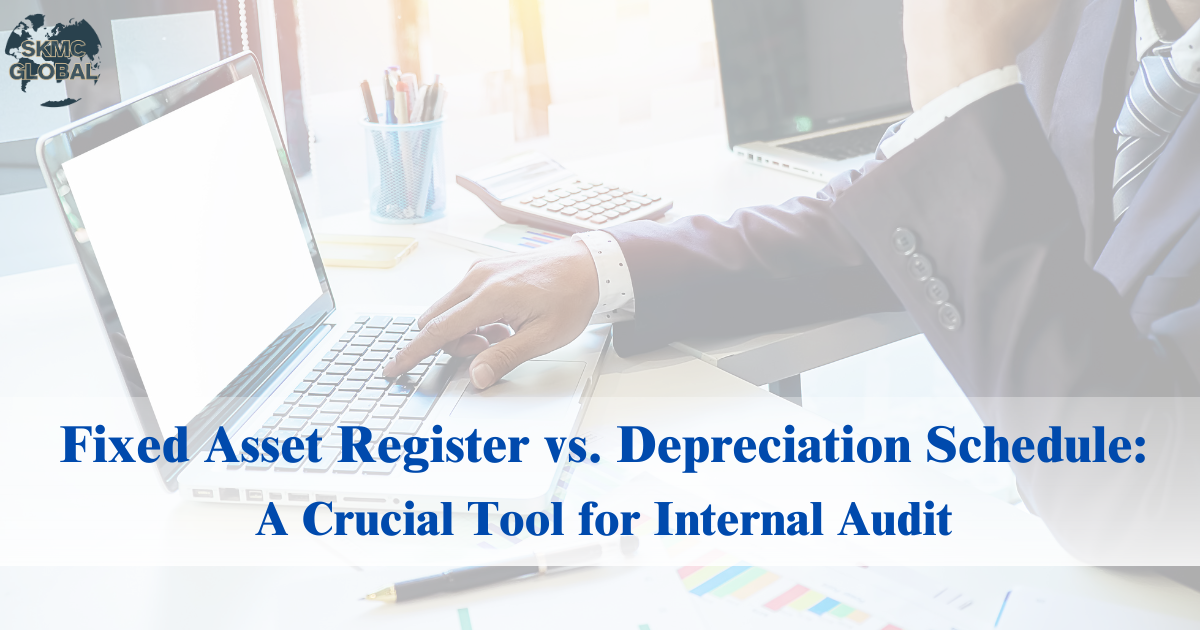 Fixed Asset Register v/s Depreciation Schedule: A ...
Apr 02,2025
Fixed Asset Register v/s Depreciation Schedule: A ...
Apr 02,2025
-
 Role of AI in Accounting...
Mar 26,2025
Role of AI in Accounting...
Mar 26,2025
-
 Capital Structure & its Impact on Profitability...
Feb 21,2025
Capital Structure & its Impact on Profitability...
Feb 21,2025
-
 Union Budget 2025...
Feb 01,2025
Union Budget 2025...
Feb 01,2025
-
 What is EPR in Plastic waste Management? ...
Jul 12,2022
What is EPR in Plastic waste Management? ...
Jul 12,2022
-
 Lithium-ion Battery Recycling Plant Setup in India...
May 10,2022
Lithium-ion Battery Recycling Plant Setup in India...
May 10,2022
-
 Setting up E-waste Recycling Plant Setup...
Jan 12,2022
Setting up E-waste Recycling Plant Setup...
Jan 12,2022
-
 Applicability of Labour Laws in India...
Jul 15,2021
Applicability of Labour Laws in India...
Jul 15,2021
-
 Basis to Outsource Finance and Accounting Services...
Oct 31,2021
Basis to Outsource Finance and Accounting Services...
Oct 31,2021
